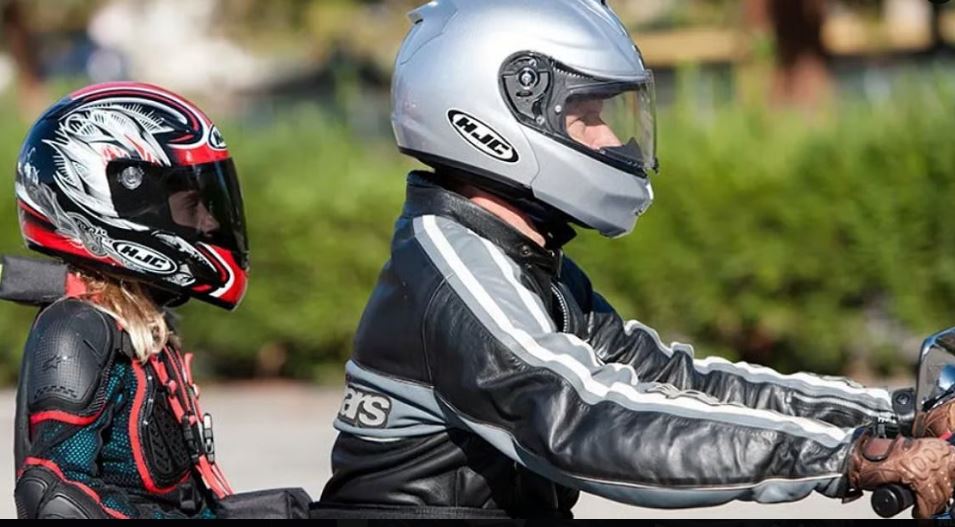India mandates two helmets: The Indian government has formally proposed making it mandatory for two-wheeler manufacturers to supply two BIS-certified helmets with every new two-wheeler sold. This is a significant move aimed at improving road safety for both the rider and the pillion passenger.
What does the notification say?
The notification said “At the time of purchase of the two wheeler, three months from the date of commencement of Central Motor Vehicles (—- Amendment) Rules, 2025, the manufacturer of the two wheeler shall supply two protective headgears conforming to specifications prescribed by the Bureau of Indian Standards at the time of purchase of a two wheeler”.
Here’s a breakdown of the key details:
Draft Notification Issued: The Ministry of Road Transport and Highways (MoRTH) issued a draft notification on June 23, 2025, proposing amendments to the Central Motor Vehicle Rules, 1989, to implement this change.
Mandatory for Manufacturers: Once the final amendment is notified in the official gazette, two-wheeler manufacturers will be required to provide two protective headgears that conform to the specifications prescribed by the Bureau of Indian Standards (BIS).
Implementation Timeline: This rule is expected to become mandatory within three months from the date of commencement of the final amendment rules.
Exceptions: This requirement will not apply to individuals who are exempted under Section 129 of the Motor Vehicles Act (e.g., certain religious communities).
What’s driving the two‑helmet rule?
1) High Rate of Two-Wheeler Fatalities
Disproportionate casualties: Two-wheelers account for about 44% of all road accident deaths in India (2023 data).
Head injuries dominate: Studies, including one from Christian Medical College, Vellore, show over 70% of traumatic brain injuries (TBIs) in road crashes stem from two-wheelers.
Shockingly low helmet use: In many TBI cases, less than 1% of victims were wearing helmets at the time of the accident.
2) Neglect of Pillion Safety
Rider compliance vs. pillion negligence: While laws mandate helmet use for both rider and pillion, compliance is drastically lower for passengers.
Government’s fix: By requiring two helmets per purchase, authorities hope to normalize and enable pillion helmet usage—reducing preventable injuries.
3) Proliferation of Fake or Substandard Helmets
Rampant non-compliance: As per recent reports, 70% of helmets sold in Delhi are either fake or non-BIS-certified.
Real-world danger: These helmets often fail basic crash tests—offering false security and inadequate protection.
Additional Safety Measure – ABS: In a related and equally important proposal, the government has also proposed that from January 1, 2026, all new L2 category two-wheelers (motorcycles and scooters with engine capacity above 50cc or top speeds exceeding 50 km/h) will need to be fitted with Anti-lock Braking Systems (ABS). This aims to enhance braking performance and reduce skidding.
Also Read | CBSE Class 10 Board Exams 2026: Two chances to ace your results










New Labour Codes Explained: What Workers and Employers Need to Know
What is APAAR ID? CBSE Makes It Mandatory for Class 10 & 12 Board Exam Registrations
Will PM Modi’s GST Reforms Will Be the ‘Diwali Gift’ that Boosts Your Savings?